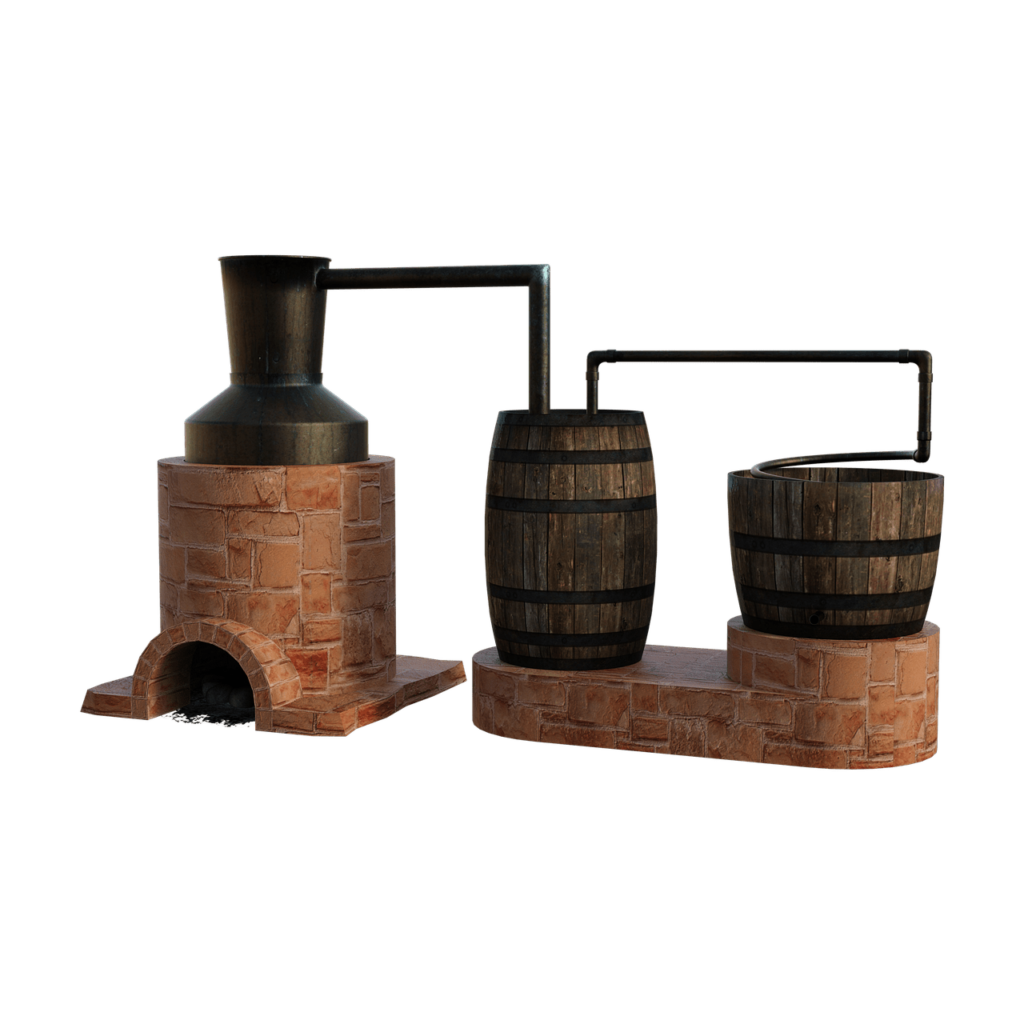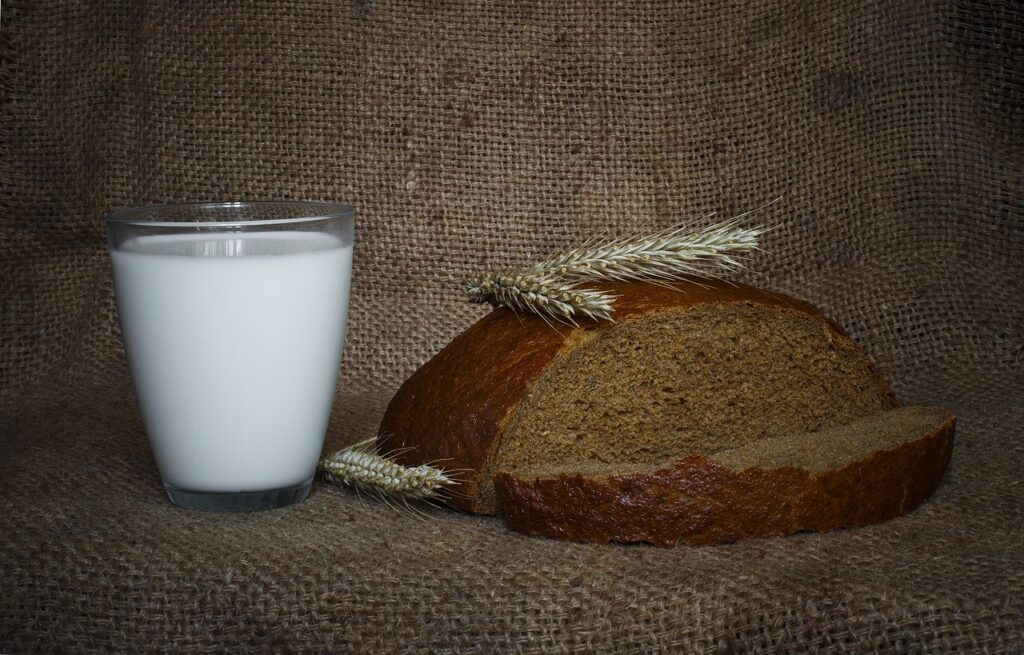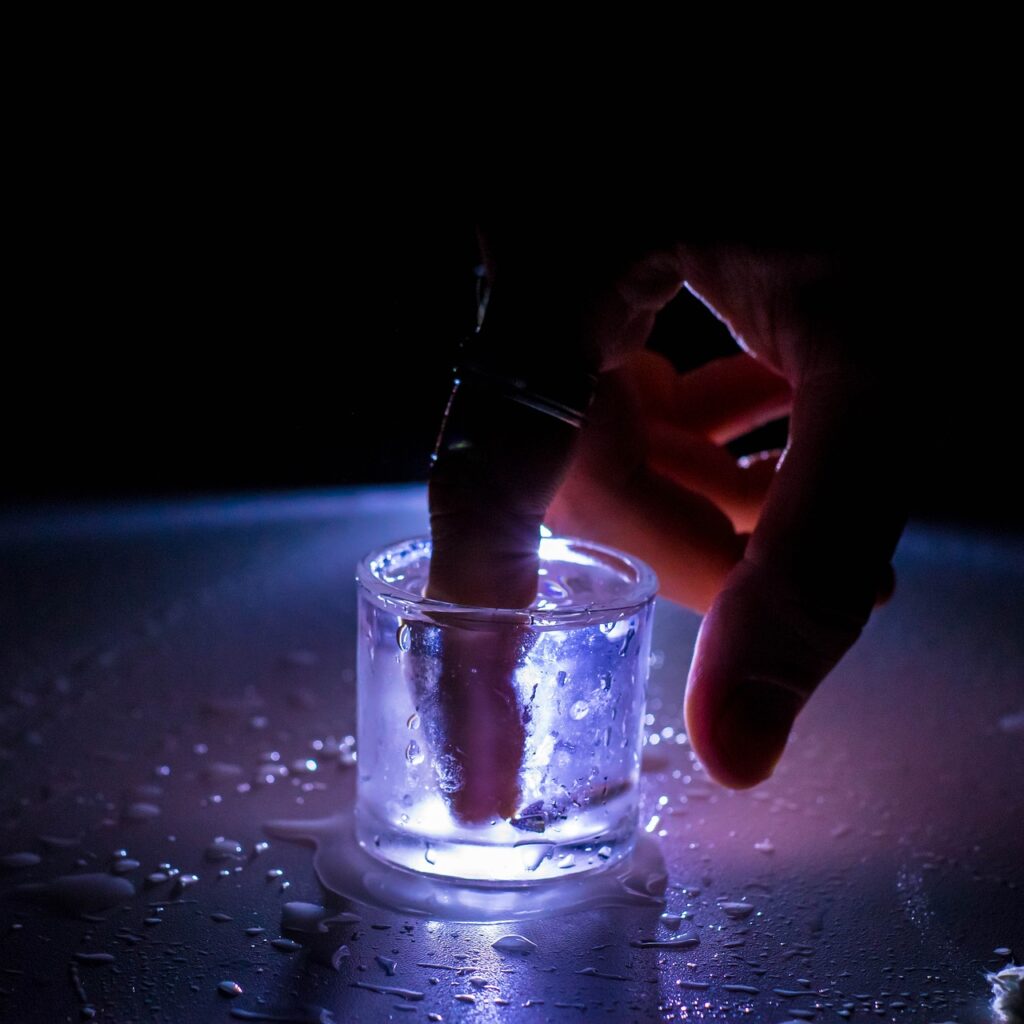Welcome to the world of Old Smoky Mountain Moonshine, where tradition and flavor blend seamlessly to create a truly unforgettable experience. This article will immerse you in the rich history and craftsmanship behind each bottle of moonshine. You’ll discover how the timeless methods of distillation used in the Tennessee mountains have been lovingly preserved over generations. Sit back, relax, and let’s explore the unique allure of Old Smoky Mountain Moonshine together! Ever wondered how a humble concoction fermented in the hidden corners of the Smoky Mountains could become an icon of American culture? If so, you’re in the right place. Let’s take a journey through the history, methods, and legends of Old Smoky Mountain Moonshine, a drink that’s more than just corn liquor—it’s a testament to resilience, tradition, and community.

This image is property of pixabay.com.
What is Old Smoky Mountain Moonshine?
Old Smoky Mountain Moonshine is a type of corn whiskey that has its origins in the Appalachian Mountains. Known for its high alcohol content and unique, sometimes robust flavors, this moonshine is steeped in tradition and folklore. It’s more than just a drink; it’s a testament to the resourcefulness and ingenuity of the people who made it, often under the radar of authorities.
The Origin Story
So, how did moonshine come to be, especially in the Smoky Mountains? The story begins with the early immigrants who settled in the Appalachian region. These settlers brought with them the knowledge of distilling spirits, a tradition that dates back hundreds of years in Europe. Using locally grown corn, they began to craft a potent, unaged whiskey in their backyards.
Why “Moonshine”?
The term “moonshine” has a colorful origin. It’s believed to come from the practice of distilling alcohol under the cover of night, illuminated only by the moon. This was done to avoid detection by law enforcement, particularly during the Prohibition era in the United States, when the manufacture and sale of alcoholic beverages were illegal.
The Art of Making Moonshine
Making moonshine is both an art and a science. It requires precision, patience, and a certain level of bravery, considering the legal risks historically associated with it.
Ingredients
The basic ingredients for moonshine are relatively simple, making it accessible to those in remote areas. Here’s a quick look at what you’ll need:
| Ingredient | Purpose |
|---|---|
| Corn | Main ingredient for sugar and starch conversion |
| Water | Solvent for dissolving sugar and fermenting the mash |
| Sugar | Additional sweetener to increase alcohol content |
| Yeast | Converts sugar into alcohol via fermentation |
The Process
Step 1: Mashing
Mashing involves soaking and cooking the corn to convert its starches into fermentable sugars. This is usually done in a large container where the corn is soaked with water.
Step 2: Fermentation
Once the corn mash cools down, yeast is added to start the fermentation process. This can take several days to a week, depending on the conditions. During this period, the yeast converts the sugars into alcohol.
Step 3: Distillation
In the distillation phase, the fermented liquid is heated in a still. This process separates the alcohol from the water and other components, resulting in a higher concentration of alcohol. Traditional copper stills are often used because they efficiently conduct heat and remove sulfur compounds that can spoil the taste.
Step 4: Purification
The first and last portions of the distillate are usually discarded because they can contain harmful congeners. The middle portion, often called the “heart,” is what’s collected as moonshine.
The Smoky Mountain Influence
Geography and Ingredients
The unique topography of the Smoky Mountains, coupled with the rich soil, makes it an ideal place for growing corn, which is the essential ingredient in moonshine. The fresh mountain spring water also adds a distinct flavor profile that you won’t find elsewhere.
Community Heritage
The moonshine culture in the Smoky Mountains is a point of pride for many locals. It represents a connection to their ancestors and a way to preserve a historic way of life.
Legalization and Commercialization
From Illegal to Legal
Moonshine was illegal for many years, but changes in the law have allowed for its commercial production. One of the most notable legal producers of moonshine is the Ole Smoky Distillery, which opened its doors in 2010.
Modern Moonshine
Today, you can find various flavors and types of moonshine on the market. These commercially produced moonshines have been crafted to cater to diverse palates, ranging from traditional corn whiskey to fruity and spicy variations.

This image is property of pixabay.com.
Popular Moonshine Flavors
Original Corn
This is the staple of any moonshine lineup, offering a strong, unaged whiskey flavor.
Apple Pie
A sweet, cinnamony flavor that has become incredibly popular. It’s like having dessert in a jar.
Peach
For those who prefer a lighter, fruitier touch, peach-flavored moonshine provides a refreshing alternative.
Cherry
Packed with the bold flavor of ripe cherries, this one is perfect for mixing into cocktails or sipping straight.
| Flavor | Description | Popular Use |
|---|---|---|
| Original Corn | Classic, unaged whiskey flavor | Sipping or Mixing |
| Apple Pie | Sweet, cinnamony taste | Cocktails or Straight |
| Peach | Light, fruity, and refreshing | Cocktails or Straight |
| Cherry | Bold cherry flavor | Cocktails or Straight |
The Culture and Myths Surrounding Moonshine
Moonshine and NASCAR
Believe it or not, there’s a strong connection between moonshine and the creation of NASCAR. During the Prohibition era, moonshiners modified their cars to outrun the law. These high-speed chases eventually evolved into organized races, laying the foundation for what we now know as NASCAR.
Myths and Legends
From tales of moonshiners using lead-filled pipes to folklore about the supernatural powers of certain batches, moonshine has no shortage of myths and legends. These stories add to the mystique and allure of the drink.

This image is property of pixabay.com.
Enjoying Moonshine Today
How to Drink It
Moonshine is versatile and can be enjoyed in various ways:
- Neat: Sip it straight if you’re a purist.
- On the Rocks: Pour it over ice to mellow the strong flavors.
- Cocktails: Use it as a base for cocktails like a Moonshine Mule or Hillbilly Lemonade.
Cooking with Moonshine
Believe it or not, moonshine can also be a great culinary ingredient. It can be used in marinades, sauces, and even desserts to add a unique, spirited touch.
FAQs about Old Smoky Mountain Moonshine
Is Moonshine Safe to Drink?
When made and distilled properly, commercially available moonshine is safe to drink. However, it’s essential to buy from reputable sources to avoid any risks associated with improperly distilled spirits.
How Strong is Moonshine?
The alcohol content of moonshine can vary widely, but it typically ranges between 40-60% ABV (80-120 proof). Always check the label for specific details.
Can You Make Your Own Moonshine?
While making your own moonshine can be a fascinating project, it’s crucial to check local laws and regulations, as it is illegal in many areas without proper permits.
What Makes Smoky Mountain Moonshine Unique?
The combination of locally grown corn, fresh mountain spring water, and traditional distilling methods makes Smoky Mountain Moonshine unique. The cultural heritage and stories behind it also add a level of depth and character that you won’t find elsewhere.

Conclusion
Old Smoky Mountain Moonshine is more than just a drink; it’s a rich tapestry of history, culture, and craftsmanship. From its illegal roots in the Appalachian backwoods to its modern-day resurgence, moonshine has cemented its place as an integral part of American heritage. Whether you’re a history buff, a spirits enthusiast, or someone who loves a good story, there’s something deeply compelling about this storied alcohol.
So next time you sip on a glass of authentic Smoky Mountain Moonshine, raise a toast to the generations of artisans who’ve kept this tradition alive. Cheers!

